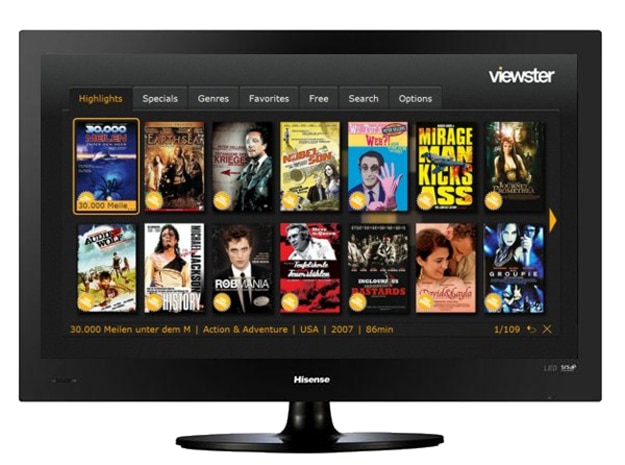Having the ability to choose what you want to watch, when you want to watch it, on what device you want to watch it on is the new nirvana of content consumption. Gone are the days of buying paper TV guides to peruse analogue listings of when to watch your favorite shows which are arbitrarily set by a network. The audience is now in control of when they consume content, and the traditional distributors of content are having a hard time keeping up.
With the advent of the Internet and online content distributors such as Amazon, iTunes, Netflix and others supplying high definition, on demand content, we as the audience no longer have to set our schedules around when a network wants us to watch a television show. And as a bonus, we don’t even have to watch traditional TV content either. There is a whole universe of free, Internet content to amuse ourselves with. We are living in the age of on demand television content consumption, and it’s not only highly convenient, but it travels with us where ever we go. All we need is an appropriately paced Internet connection.
I love my Apple TV. With all the hysteria surrounding a rumored Apple Television, which may or may not see the light of day, I’m perfectly happy with a little black box that plugs into the back of my TV and allows me to stream content from my library, off my devices or off the net. Granted, the Apple TV mostly ties you into Apple’s ecosystem, but it is a wonderful device. I’ve watched television shows such as The Big Bang Theory, Wonders Of The Universe, Fawlty Towers and The West Wing through this contraption, and it has all been at my own pace, and with no commercial breaks. Furthermore, that content is available across my devices. The ability to take your content with you and pick up where you left off is a convenience we couldn’t imagine not having.
This new on demand television environment has completely changed the way we consume content, and it’s a very new phenomenon. Even as early as five years ago, it was not common to have such widespread and mainstream access to on demand television content, with traditional modes of content consumption still well in play. Rapidly innovating technology has dramatically changed the way content has been delivered to us all in a very short space of time. And now that we are in this environment, it’s almost hard to imagine how we put up with the old models for so long. We don’t have to buy cable any more, wait for our favorite TV show to start at 8pm on Thursday night, or pay highly inflated ticket prices at the cinema as our only options for these types of entertainment.
This is where the traditional business models held by cinematic exhibitors, television networks and cable providers are struggling. Unless they adapt to this new world faster, and realize that consumers will expect nothing less than what is possible these days, they will flounder. In some cases, they are already. On demand television content is a triumph for us all as consumers. And it’s all just getting started.
On Demand Television: The Way We View TV Content Is Changing
Image Credits: [CNet Australia] [Viewster]

COMMENTS